Gnats are tiny flying insects in the Diptera group, which includes flies and mosquitoes. They have fragile appearances, small bodies, and slender legs. Gnats are found worldwide and customarily gather near water, damp environments, or spots where organic matter breaks down because they prefer to reproduce in such circumstances.
There are miscellaneous variants of gnats, each with a unique lifestyle and preferred locations. Fungus gnats enjoy being near decaying plants and mushrooms while biting species such as black flies or midges, which typically irk humans and animals.
Gnats customarily group near damp areas and can irritate humans quite a bit, especially when these insects enter our houses or outdoor spots where we commonly gather. While most gnats pose no threat other than resentment, some types can transmit contagions to both flora and fauna.
Gnats can be found in plenty of miscellaneous places worldwide and frequently bother people in various settings. These minor bugs are part of the Diptera group![]() , come in various kinds, and like certain places to live. Gnats often appear close to water, in moist areas, and around rotting plants. If the breeding environment is suitable, they multiply quickly.
, come in various kinds, and like certain places to live. Gnats often appear close to water, in moist areas, and around rotting plants. If the breeding environment is suitable, they multiply quickly.
They typically catch attention when they gather in wet places, constituting a group. Therefore, even though gnats are tiny, they can become a big annoyance and bother people a lot when outside or inside, too, if there are many of them.
A plethora of gnats does not hurt and irk people and animals, but some can spread sickness to plants or animals. Thus, being on guard when controlling pests is key, especially when it is easy for gnats to become a problem.

Gnats, which are usually considered irksome critters, can sometimes cause damage. The extent of the hurt they inflict varies depending on the gnat species and their habitat. Certain small fly species, particularly those from the Culicoides group![]() , can transmit diseases to livestock such as cows and sheep through their bites. It contributes to sickness in these animals, reducing their productivity and causing financial dilemmas for farmers and the agricultural industry.
, can transmit diseases to livestock such as cows and sheep through their bites. It contributes to sickness in these animals, reducing their productivity and causing financial dilemmas for farmers and the agricultural industry.
Gnats transmit diseases and can damage crops and plants in various ways. For instance, the fungus gnat species consumes plant roots, inhibiting growth and proper development of the plants. This scenario becomes quite problematic in sectors where people do agriculture or within greenhouses, where they cultivate plants for selling or ornamental goals.
On top of that, gnats disturb people's peace as they swarm and nibble. While gnat bites often cause minimal pain to humans, they may lead to itching, reddening, and skin swelling. It forms a bothersome situation, especially when there are numerous of these creatures all at once to deal with.

It would benefit you if you looked for characteristic traits that distinguish gnats from other puny bugs to recognize them. Gnats are generally tiny—just a few millimeters in length—which sets them apart from more giant airborne insects like flies or mosquitoes. Their slender bodies and long, fragile legs contribute to their unique visage.
Different variations of gnats have many colors. Some are gray, brown, or black. Moreover, particular gnats possess transparent wings, while some feature dark patterns on theirs. Customarily, their feelers stand out and could be longer than the size of their body.
Gnats typically come together in groups and fly incredibly close to wet habitats or where stuff is decaying. Their slight and unsolid build and this behavior make it easy for individuals to identify them.
Lastly, when you observe the breeding spots, small flies become revealed. These insects generally reside near water sources or wet places such as soggy soil or decaying vegetation and near zones with organic matter like compost piles or garbage bins.
Miscellaneous tiny organisms are significant to know–all having special traits and places they like.
The fungus gnat![]() likes old plant matter and mushrooms. These gnats are tiny and dark, usually seen in wet spots like pots with plants or inside greenhouses. They place their eggs into the ground or materials from plants, and the young ones eat fungus and roots of plants, which may harm these green living things.
likes old plant matter and mushrooms. These gnats are tiny and dark, usually seen in wet spots like pots with plants or inside greenhouses. They place their eggs into the ground or materials from plants, and the young ones eat fungus and roots of plants, which may harm these green living things.
Another gnat species is the variant that bites, like black flies and midges. They bite firmly to take blood from people and animals for their food. Small flies are frequently seen around water areas because they prefer to lay their eggs there. Black flies are known for biting tough, which can be painful and irritating to the bitten individuals.
The fruit fly is a miscellaneous factor of an insignificant gnat customarily encountered in houses and areas where they sell food. These feeble brown bugs are drawn to fruits and vegetables that have become ripe or begun to rot since this is where they put their eggs. Fruit fly babies eat decaying organic material, which creates problems in places where people prepare and keep food.
The sand gnat, often called the no-see-um, is a tiny flying insect that lives primarily near the coast or in zones with lots of marshlands. They are infamous for their biting, which hurts a lot, and you usually find them around beach areas or wet places. Sand gnats are irksome for entities who like outdoor sports because their bites make you itch and feel uncomfortable.
Like numerous other insects, gnats undergo several stages throughout their existence. They initially emerge from eggs and then evolve into larvae![]() . Following this stage, they develop into pupae before maturing into adult forms. The lifecycle begins when mature gnats deposit their eggs in suitable breeding sites such as damp earth, decaying vegetation, or stagnant water.
. Following this stage, they develop into pupae before maturing into adult forms. The lifecycle begins when mature gnats deposit their eggs in suitable breeding sites such as damp earth, decaying vegetation, or stagnant water.
When eggs hatch, tiny larvae emerge, often named maggots. These little creatures lack legs, and their bodies might appear somewhat transparent. They have a powerful desire to consume miscellaneous components that were once living. Much of their time is devoted to feeding and increasing in size, during which they shed their aged skin several times as they expand.
After a period of growth, the tiny insects enter a phase known as the pupal stage, where they undergo a total modification. During this chapter, the pupae typically remain immobile and stay within protective enclosures as their internal parts mature into adult flies.
At the last, the mature stage emerges from the pupal casing, completing its lifecycle. Adult gnats are grown insects with wings capable of reproducing. They search for mates and locations to reproduce to keep their existential chain carrying on; typically, they have a momentary lifespan before succumbing to natural causes or predators.
Each stage in a gnat's life cycle can vary depending on the temperature or humidity and the specific species of gnat. When conditions are suitable for survival, gnats can grow from egg to adult within just a few weeks. That sped-up development allows them to multiply quickly and spread into suitable new environments.
When a puny critter like a gnat bites you, wash the bite sector with gentle soap and water to reduce the pain and help heal. It cleans away any dirt or little creatures the biting insect may have left. Also, it allows for dodging infection and reduces the threat of other dilemmas.
When cleaning a bite spot, put an ice pack or cold cloth over it; this can reduce the swelling and decelerate pain or itching. The chill causes blood vessels to constrict, which may reduce the swollen spots and decelerate discomfort.
To reduce itching and discomfort, apply anti-itch creams or lotions containing hydrocortisone![]() or calamine
or calamine![]() , available at the pharmacy. Use these to the area where you were bitten to soothe your skin and prevent too much scratching, as it could increase swelling and delay recovery.
, available at the pharmacy. Use these to the area where you were bitten to soothe your skin and prevent too much scratching, as it could increase swelling and delay recovery.
Health pros recommend allergy tablets to reduce itching, swelling, and redness caused by gnat bites. These tablets work astoundingly thoroughly because they prevent our body from producing histamine, which triggers allergic repercussions.
Scratching gnat bites is not beneficial as it can accelerate irritation, lead to infections, and may result in scars. Should the sector around a bite become increasingly swollen or painful or show infection symptoms such as pus or red lines, seeking help from a medical team right away would be commendable by health experts.
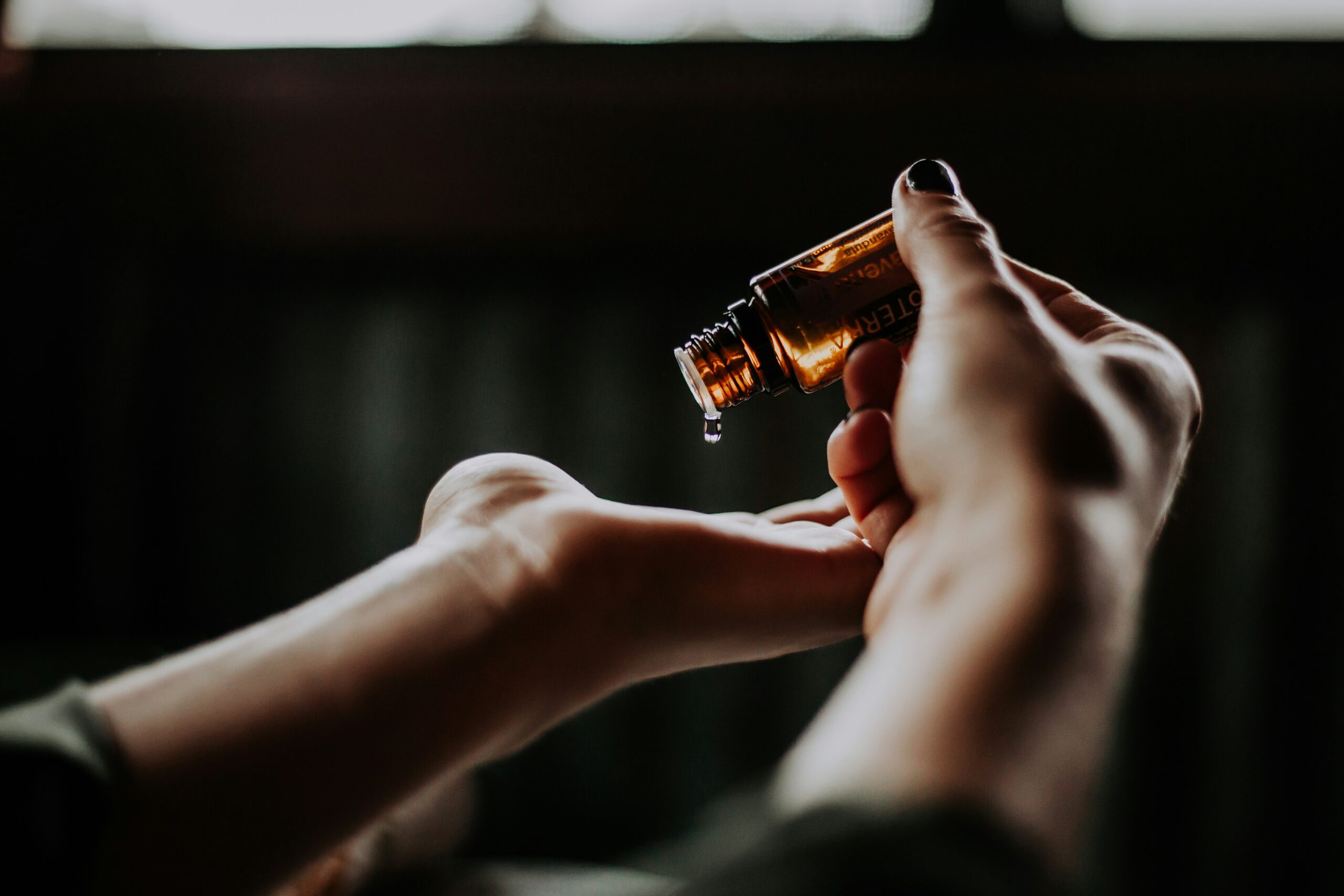
To get rid of gnats, various tactics must be implemented that target both the adult flies and their breeding zones. A good approach is to lessen moisture and organic matter since these are preferred spots for gnats to lay their eggs. You can repair leaking faucets, dry up areas that have become wet, and dispose of fruits or vegetables that are beginning to rot.
Various traps and lures should be considered to reduce the number of gnats. You can purchase adhesive traps or create homemade ones using vinegar or fruit juice to capture the mature gnats, which will gradually decrease their population.
When there is an alarming issue with many gnats, insecticides might be needed to manage them. However, it's valid to use these chemical substances cautiously and stick to the instructions on their packaging to lighten harm to humans, animals, and the environment.
What's more, employing the natural predators of gnats, such as predatory mites or nematodes, can effectively manage the number of gnats. When these natural hunters are introduced into areas troubled by gnats, they seek out and consume the early life stages, reducing their numbers over time.
Regularly cleaning the kitchen and bathroom and neatly managing garbage containers form a difficult environment for gnats to establish their habitats. Eliminating their food sources and breeding grounds prevents them from comfortably residing indoors.
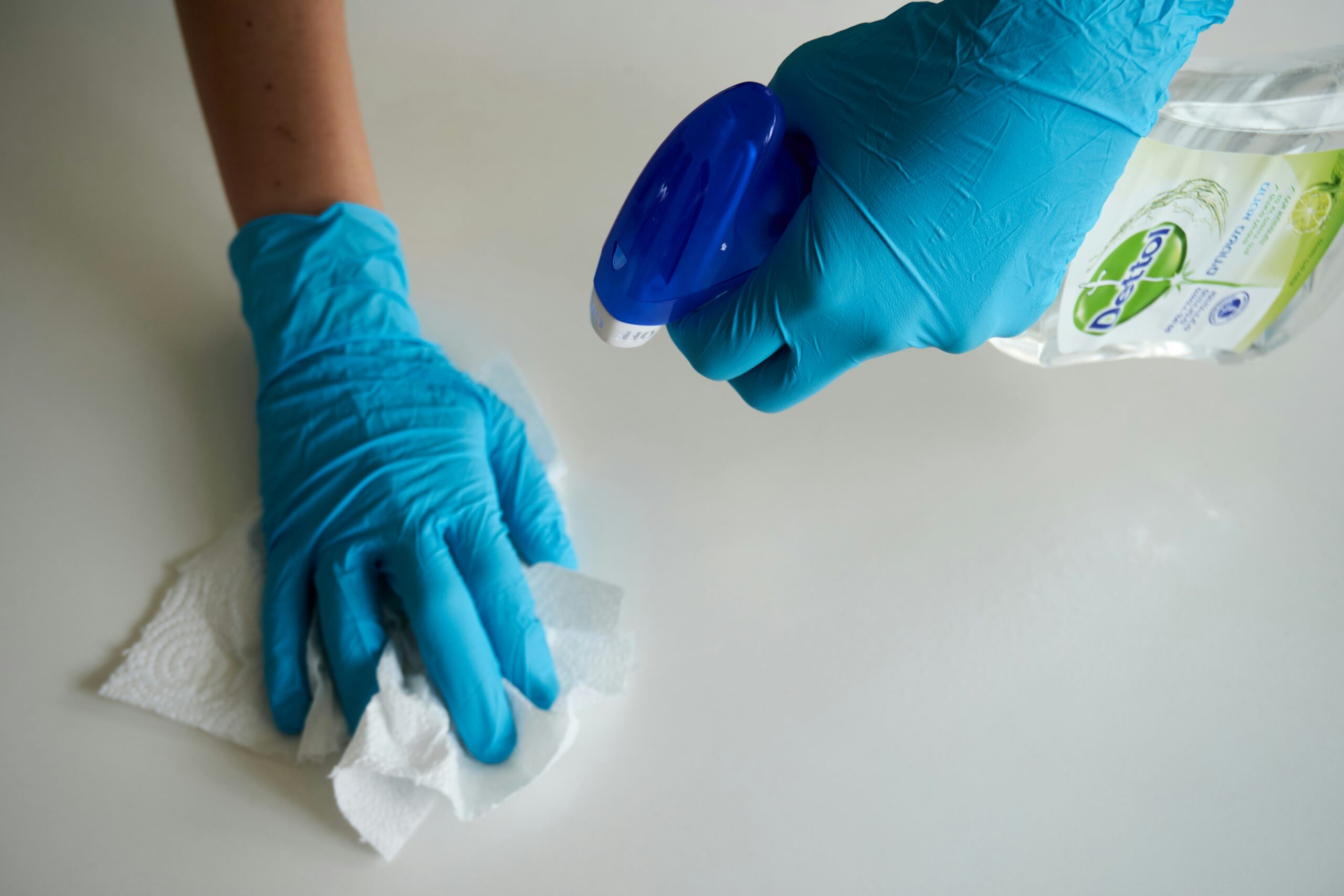
It is valid to start actions soon that keep them away and break their reproduction cycle to prevent gnats from spreading. That encompasses keeping the area clean and removing places where they may breed. It is also necessary to quickly wipe up any spills and pick up little bits of food, keep the food in correct storage so that your fruits and vegetables remain fresh, and ensure you dispose of organic rubbish often.
When you open windows and turn on fans, the air moves around. It aids in creating less moisture, which gnats like for their babies. Also, fixing any leaking pipes or taps stops water from gathering up, which means there won't be so many places where gnats can breed.
Closing the small openings around doors and windows can guard gnats from entering the house. Putting mesh on windows and doors also works well to keep these insects out but allows air to flow through.
Use plant-based essential oils like citronella or lavender to keep insects away from the outside. Putting herbs that bugs despise, such as basil or mint, near where you sit can also work.
Checking and taking care of places outside repeatedly, such as gardens and where compost is made, helps find where gnats may start multiplying early on. It means we can act dynamically to stop them from spreading too much. If we get rid of dead plants and ensure the ground isn't too wet, it's less likely that gnats will come to these sectors.

Gnats are puny critters that can fly. They belong to the Diptera category and can be found worldwide, usually close to water, in wet places, or near rotting organic matter.
Miscellaneous variants of gnats are recognized–for instance, those that go towards fungus or others, such as black flies, which are recognized because they bite. In this category of animals, you also find fruit flies and sand gnats with diversified habits and preferences.
Some gnats are taxing, but others can also spread sickness to plants and animals, creating possible threats. It is expected to know how they grow from eggs to larvae and pupa, then become adults, to manage gnats as pests.
One should clean the bitten sector and use cold compresses or creams to lessen the itchiness when gnat bites happen.
To remove gnats, one must wrecks the places where they reproduce, sets traps, and uses animals that eat them as a natural method.
It is decisive to clean regularly, close their ways of entering, and utilize substances that repel them to keep gnats out. By promoting these tactics, people can successfully control the number of gnats and establish more pleasant surroundings for themselves and others around them.
Table of Contents
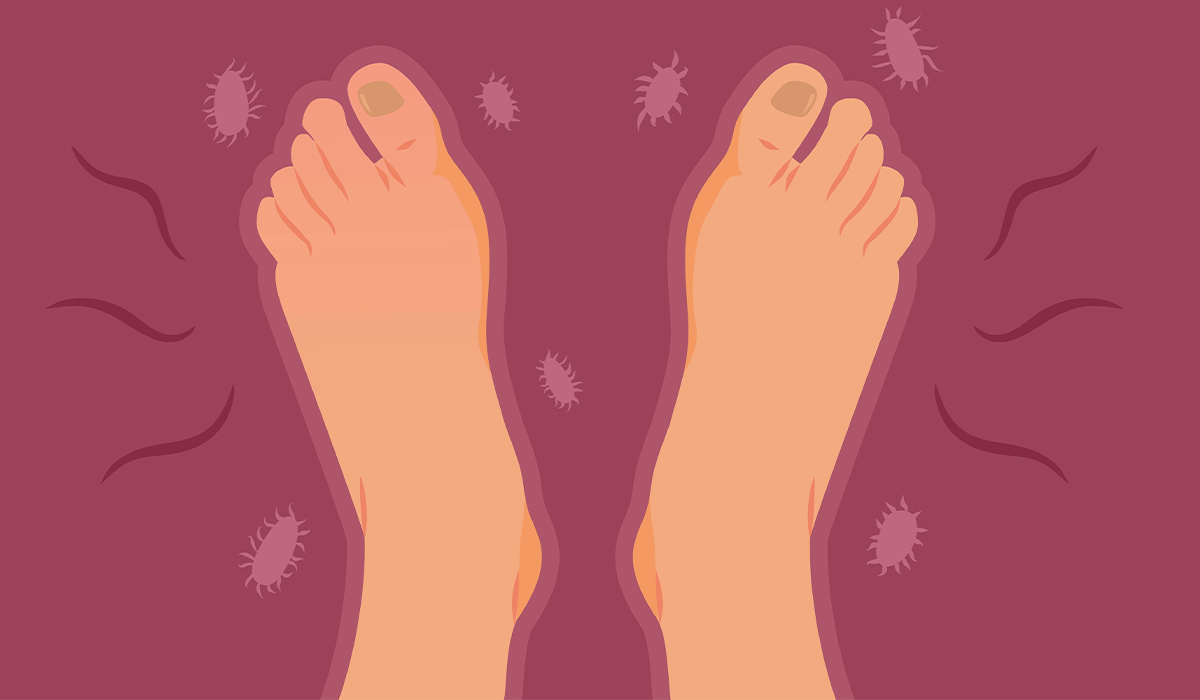
Toenail fungus, scientifically named Onychomycosis, is a common ailment that changes the appearance of toenails. Ordinarily, it turns typical and… read more »
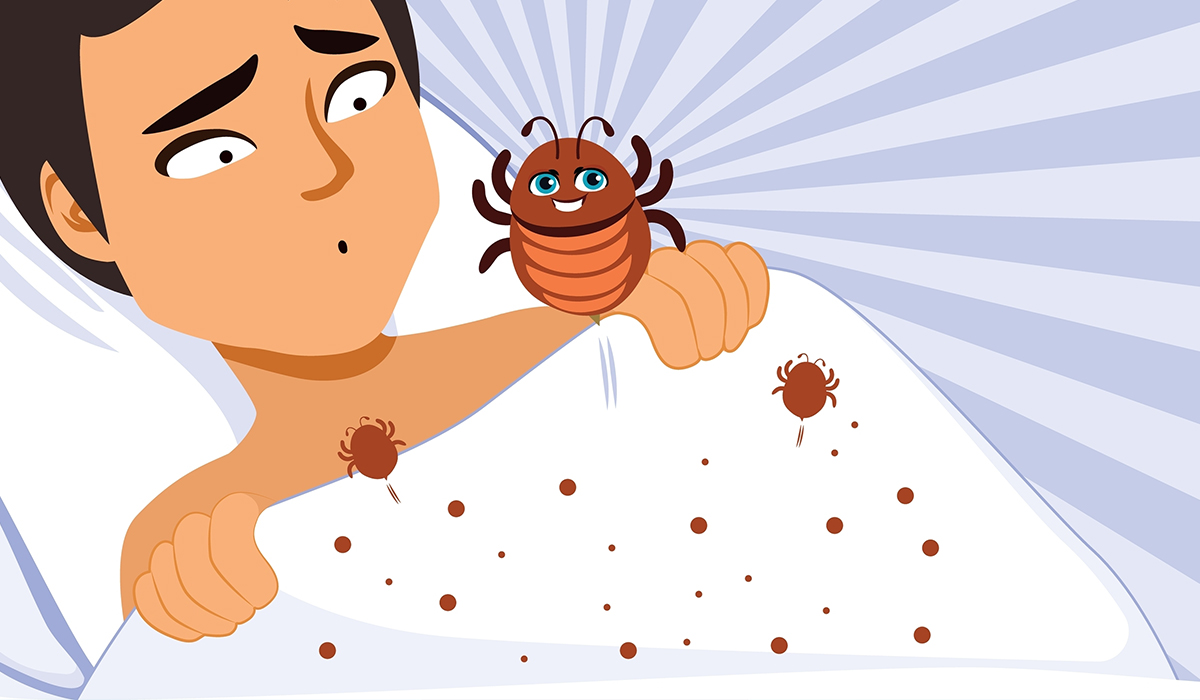
Bed bugs are parasites that feed on human blood. The insect bites can cause a variety of symptoms. Learn how… read more »
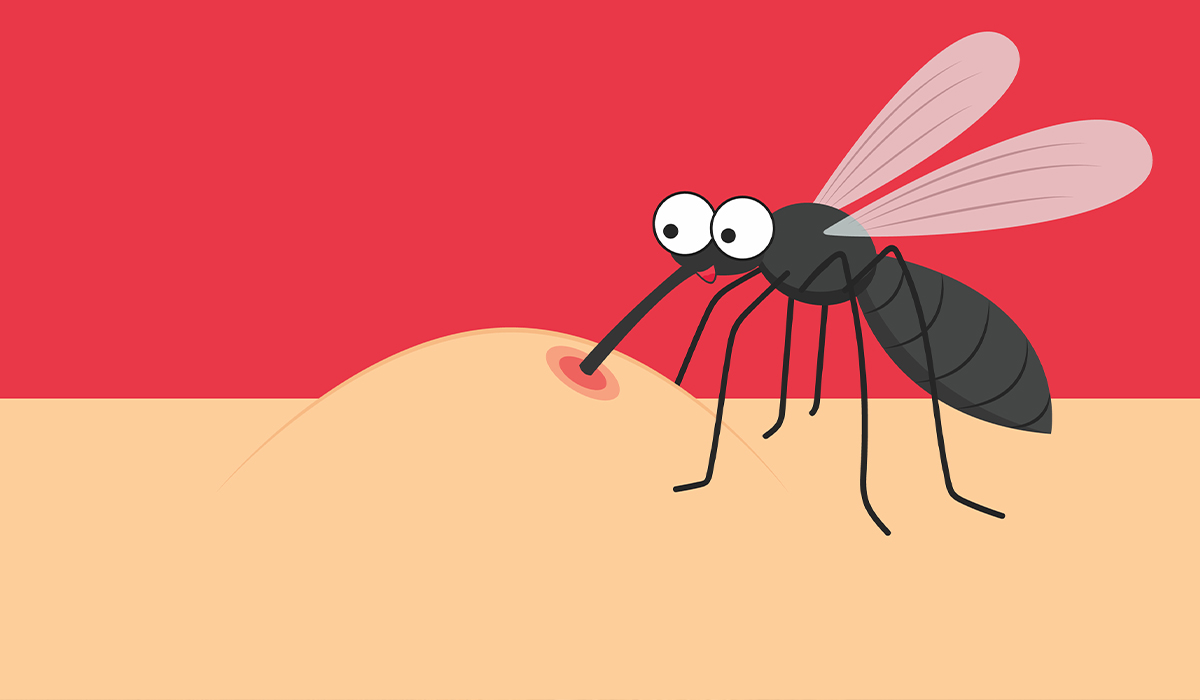
Mosquito bites are a skin reaction to the bite of a female mosquito. Why is this happening? How to prevent… read more »
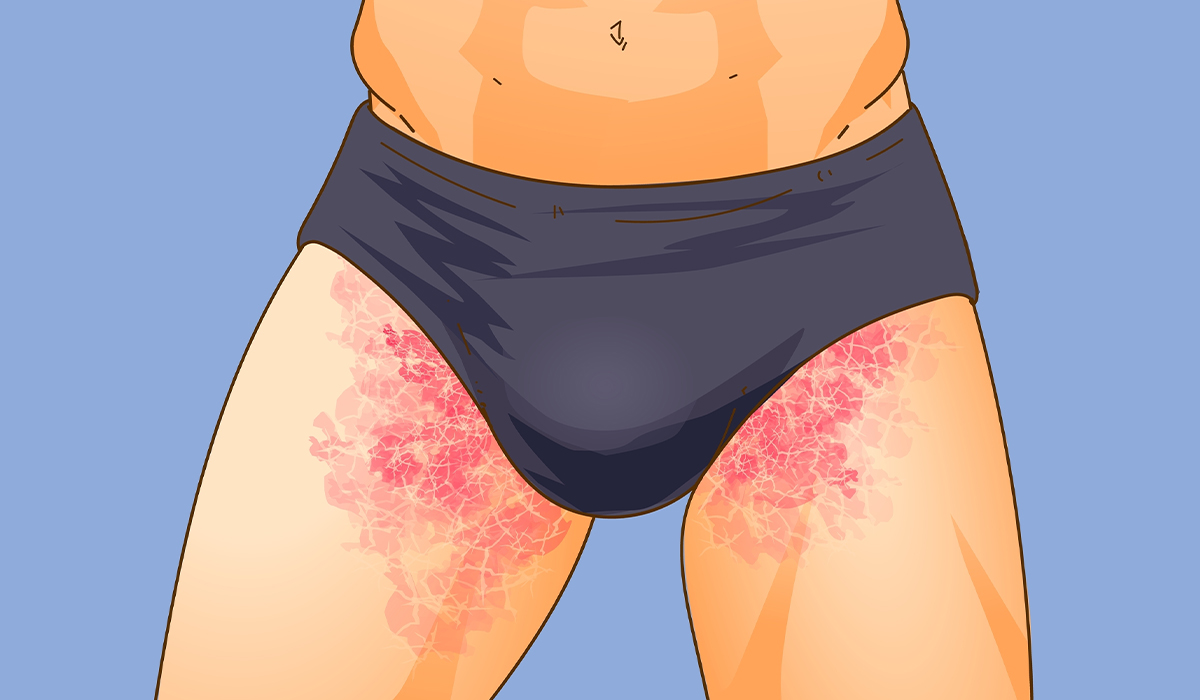
Jock itch, also tagged as tinea cruris in medical terms, emerges when a fungus attacks the skin around spots such… read more »

There are not many spider species harmful to a human. Only a handful have fangs long enough to penetrate human… read more »
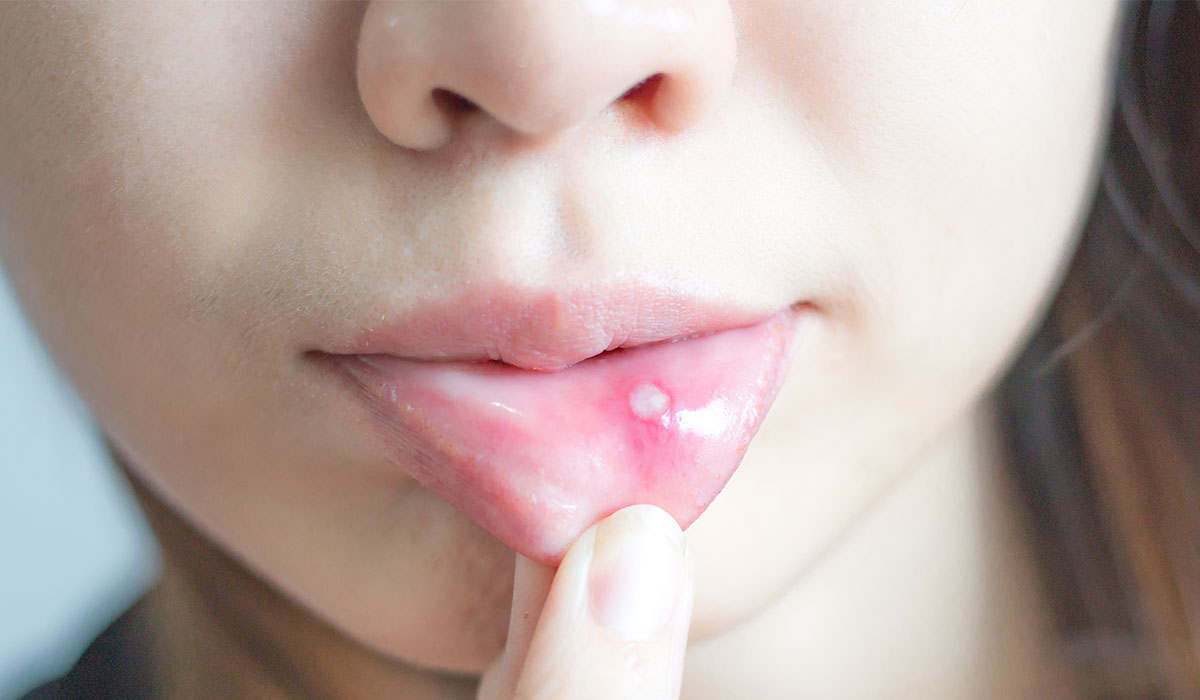
Also known as oral candidiasis, oral thrush is an infection caused by the fungus Candida albicans. The fungus is a… read more »

Lice are ectoparasites, so they live outside the body of their host, in this case the human. What symptoms do… read more »
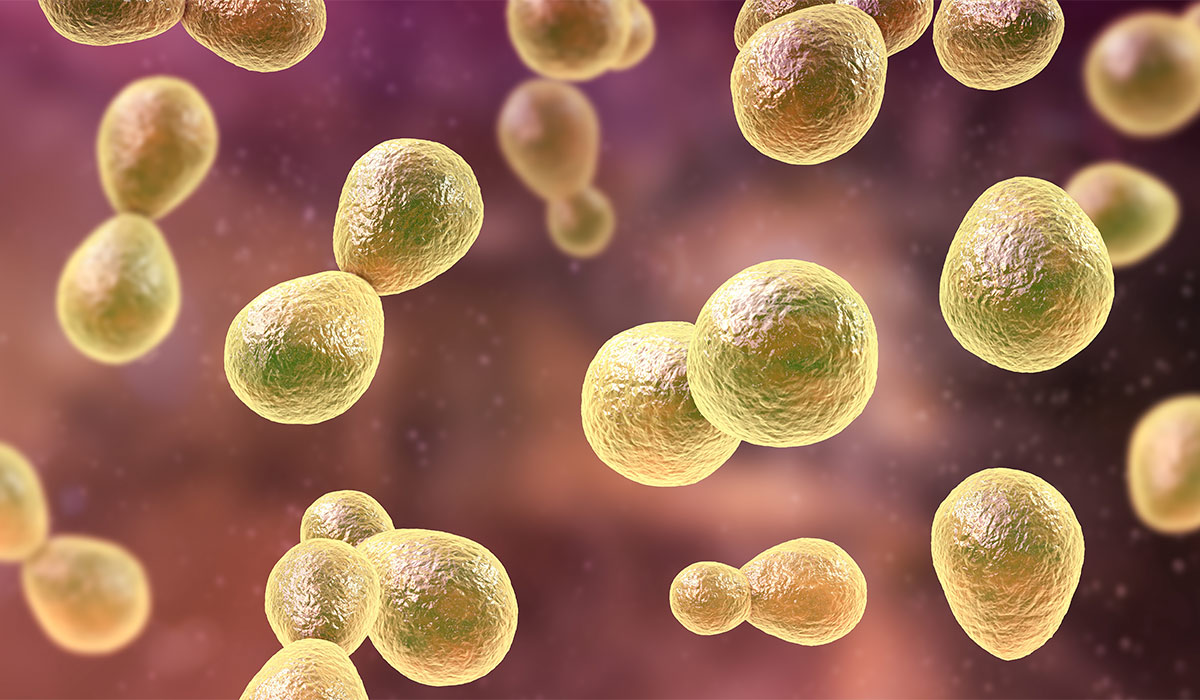
Histoplasmosis is a disease caused by fungi. For some people it can be very dangerous. Find out the warning signs… read more »
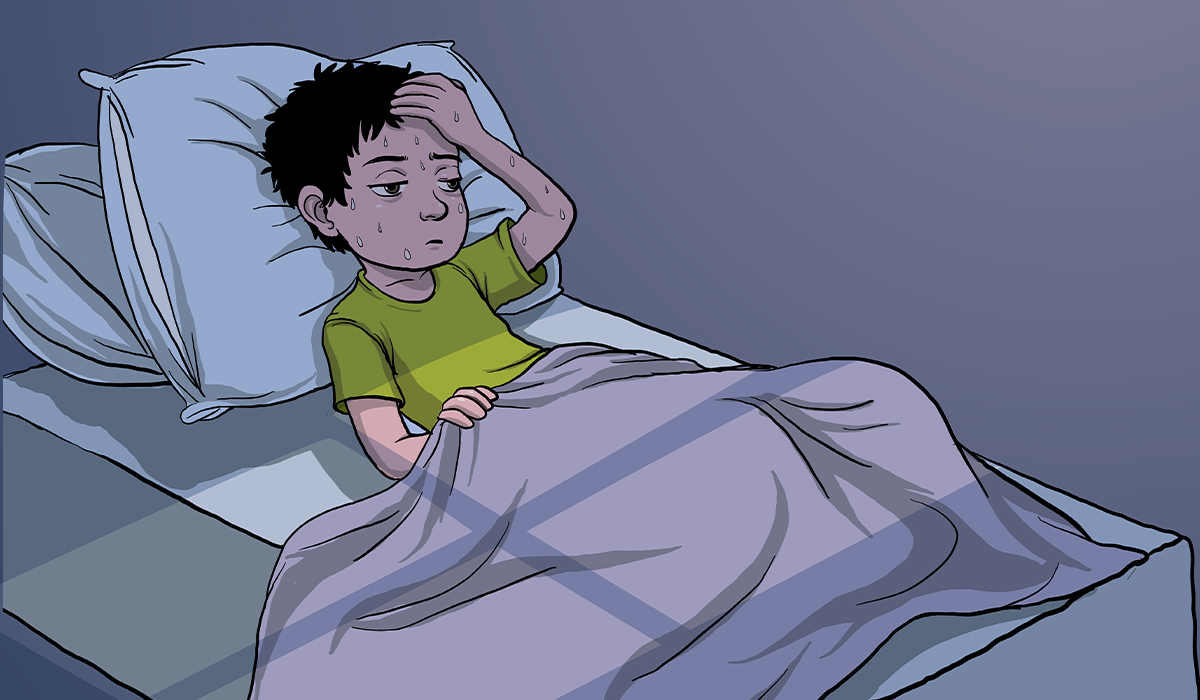
Typhoid fever is a disease that is still a threat in some countries. Travellers are therefore at risk. Learn about… read more »